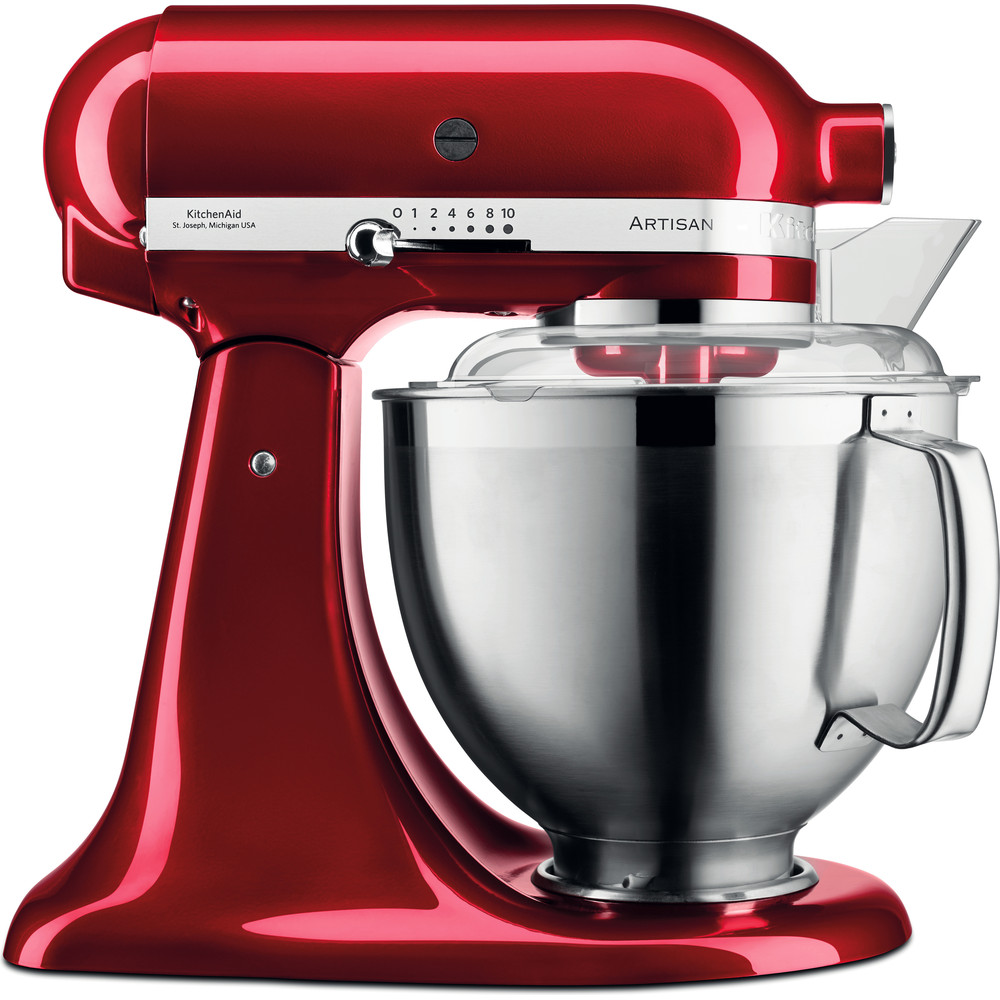

Ultimately, it all depends on your personal preference, so you’ll want to think about which design is more conducive to your needs. So whenever you want to add more ingredients, you’ll need to raise and lower the bowl. (Here, the bowl rests at the base of a stand mixer, so you’ll have plenty of room.) With a bowl-lift, the mixing bowl is suspended with two adjustable arms. So what’s the difference? A tilt-head is designed so the top hinges back whenever you need to add ingredients. Both styles have that speed and efficiency KitchenAid is known for, but these small design tweaks change how you’ll add ingredients or swap out attachments. If you’re shopping for a KitchenAid stand mixer, the biggest decision you’ll have to make is whether you want a tilt-head style or a bowl-lift style. “I also really enjoy using the pouring shield when adding confectioners’ sugar to my buttercream it's less of a mess, and I don't have to worry about sugar clouds going all over the place.”įAQs What’s the Difference Between a Bowl-Lift and Tilt-Head Stand Mixer? “I use the paddle attachment for American buttercream,” the author and entrepreneur adds.
#KITCHEN AID ARTISAN MIXER FULL#
Not only does Baking With Blondie’s Mandy Merriman also love the 5-quart tilt-head model, but she takes full advantage of its attachments, too. After I let the dough rest in the bowl, I can easily put the roller attachment on and, in the very small footprint of my kitchen, I can use one machine to make pasta at home.” “On my days off from the restaurant, it's nice to be able to use the bowl to bring the pasta dough together before I finish kneading it by hand. “The pasta-roller attachment makes for an easy rollout at home, especially if you have a small apartment kitchen, like mine,” he says. When it comes to cooking at home, chef Pollnow loves to take advantage of KitchenAid’s handy attachments. “The bowl size is perfect for the production needs of a small restaurant-plus all at-home needs,” he says.
#KITCHEN AID ARTISAN MIXER PROFESSIONAL#
Though each model has small nuances, their advice will hopefully help point you in the right direction.Īccording to chef Ryan Pollnow, who is responsible for the decadent pasta dishes at San Francisco–based restaurant Flour + Water, every professional kitchen he has ever worked in has had this particular model. Of course, KitchenAid’s stand mixers aren't a one-type-fits-all situation, so which model is the best? To get to the bottom of it, I asked five professional bakers about their favorite KitchenAid stand mixer. Not only will it take some elbow grease out of the recipes I know and love-here’s looking at my precious cookie cakes-but it’ll also give me the confidence to try new ones, too. With multiple speed ranges, a planetary rotation that hits every part of the mixing bowl, and a bunch of fun colors to choose from, KitchenAid’s stand mixer is sure to be the golden ticket to my confectionary future. (I know, even I’m surprised that I didn’t succumb to the sourdough trend in March 2020.) But when I went to college, I hung up my apron and have been looking to get back into baking ever since. I would regularly give my friends cookie cakes and other sweet treats-so much so I garnered a reputation for being our group’s resident baker. You see, I loved to bake when I was in high school. I know it sounds silly, but I’ve been pining over it for years. And the second? That we needed to put a KitchenAid stand mixer on our future wedding registry. The first, of course, was how excited I was to spend forever with the love of my life.


 0 kommentar(er)
0 kommentar(er)
